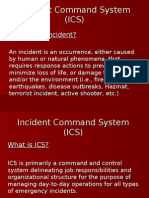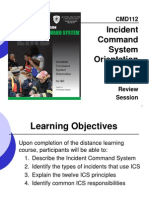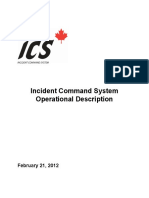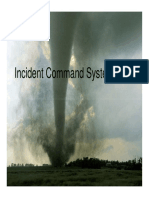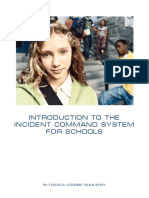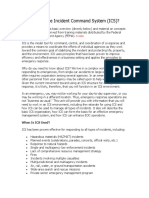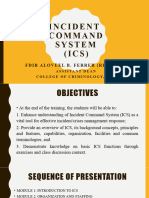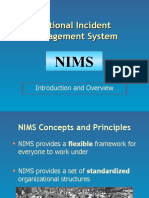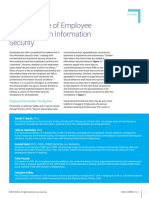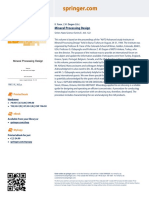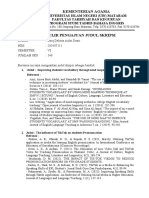0% found this document useful (0 votes)
107 views9 pagesFEMA Lesson 2 Overview
This document provides an overview of the 14 National Incident Management System (NIMS) management characteristics that form the foundation of the Incident Command System (ICS). The characteristics include common terminology, modular organization, management by objectives, incident action planning, and comprehensive resource management. The document describes each characteristic in 1-2 sentences and provides examples of how they contribute to effective incident management.
Uploaded by
Spit FireCopyright
© © All Rights Reserved
We take content rights seriously. If you suspect this is your content, claim it here.
Available Formats
Download as PDF, TXT or read online on Scribd
0% found this document useful (0 votes)
107 views9 pagesFEMA Lesson 2 Overview
This document provides an overview of the 14 National Incident Management System (NIMS) management characteristics that form the foundation of the Incident Command System (ICS). The characteristics include common terminology, modular organization, management by objectives, incident action planning, and comprehensive resource management. The document describes each characteristic in 1-2 sentences and provides examples of how they contribute to effective incident management.
Uploaded by
Spit FireCopyright
© © All Rights Reserved
We take content rights seriously. If you suspect this is your content, claim it here.
Available Formats
Download as PDF, TXT or read online on Scribd
/ 9








